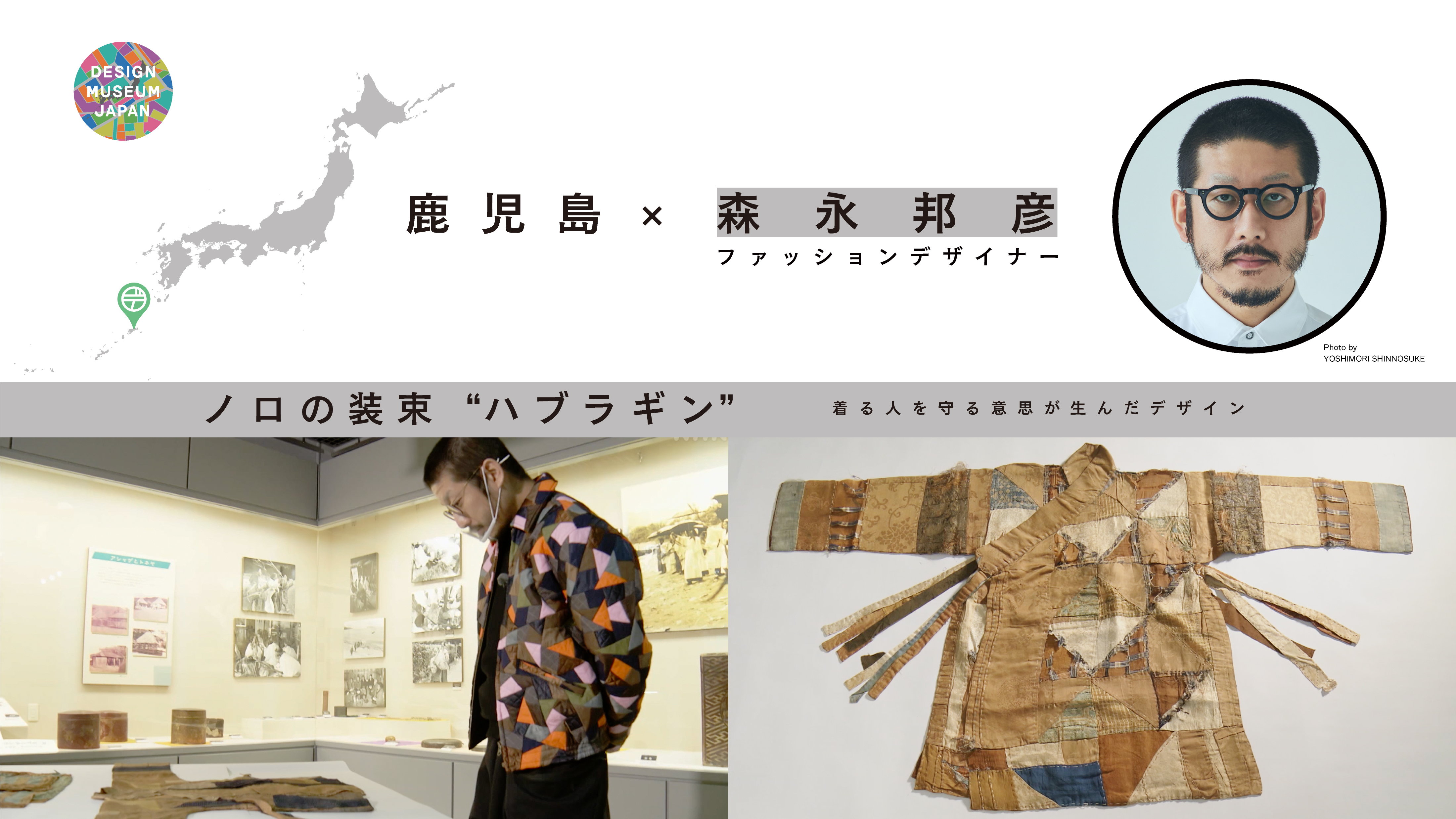Mami Kataoka researched Tokoname, a town in Aichi Prefecture that continues to produce ceramics for the times in every era. Tokoname is known one of Japan’s Six Ancient Kilns (Rokkoyo), having produced pottery from medieval times, and is especially famous for industrial products. Kataoka’s eye was caught by the decorative sudare-renga (bricks scratched to imitate a screen) used in the lobby of the old Imperial Hotel, built in 1923; and the ceramic conduits for the electrical wiring of Denrankan House, built in 1955. “New forms are a product of a sense of mission and necessity, of ingenuity and new ideas,” says Kataoka. “It is wonderful when people connect these elements to do something nobody has ever done before.”
Mami Kataoka Chief Curator, Mori Art Museum
Decorative bricks (Sudarerenga) / Denrankan

DESIGN TREASURE
A Town That Produces Ceramics for the Times

The central entrance of the former Imperial Hotel, which was moved to the Museum Meiji-Mura
Photo courtesy of Museum Meiji-Mura

Decorative sudare-renga bricks in the central lobby of the former Imperial Hotel

Denrankan House Photo courtesy of CHITAINSATSU CO.,LTD
CREATOR

Photo by Akinori Ito
Mami Kataoka Chief Curator, Mori Art Museum
Born in Aichi in 1965.
Also serves as Director of the National Art Research Center. Kataoka has curated contemporary art exhibitions and arts festivals in Japan and abroad as a leading figure in the contemporary art world. She was Artistic Director for the 21st Biennale of Sydney (2018), and Artistic Director for the Aichi Triennale 2022. Kataoka also served on the board (2014-2022) and as president (2020-2022) of CIMAM, the International Committee for Museums and Collections of Modern Art.
Tokoname is a place where industry and artistic expression coexist
Walking around the streets of Tokoname, there are brick kilns and chimneys everywhere we go. “It is interesting to see so many pieces of industrial heritage,” says Kataoka. Flower beds and walls are made from industrial ceramic waste, and the ceramic wall of an elementary school exudes avant-garde artistic expression. Kataoka observes that “industry and art have advanced here side-by-side.” She is fascinated, too, by the creative people who underpin all of this. She wants to know the historical backgrounds, necessities and values that informed the creation of these treasures.


Kataoka researches around Tokoname.


Ceramic walls can be seen throughout the town. On the left is a work by the Tokoname art group "Tokoname zokei shudan".
Denrankan House is a place of dreams and expanding imagination
The Denrankan ceramic conduits a familiar sight around town for the people of Tokoname. They are re-used for all sorts of purposes they were never intended for, such as umbrella stands, pedestals, and wheel wedges. Among them, Denrankan House stands out from the rest for sheer size and its extraordinary exterior. It was built by the president of Japan’s only ceramic electrical conduit manufacturing company. The tubes would originally have been buried out of sight underground. They are strong and cheap to install, and widely used both in Japan and abroad. Kataoka explains, “They were exhibited this way because he wanted to show people they existed, and what they looked like.” Denrankan embodies that passion for the underground supports of Japan’s infrastructure.”

Manufacture of the Denrankan ceramic conduits

Electrode tube manufacturing

The hollow structure of the Denrankan ceramic conduits keeps the room cool in summer and warm in winter.
Sudare-renga – Challenge and Error
The lobby of Frank Lloyd Wright’s former Imperial Hotel is now on public display at the Meiji Mura open-air museum in Aichi Prefecture. In addition to its terracotta and Oya stone, the yellow sudare-renga decorative bricks are used as a surfacing material. The sudare-renga, with their gentle color, were made at a special factory set up in Tokoname for the Imperial Hotel project. The makers knew nothing whatsoever about brick-making at first and started from zero. Reflecting on that challenge, Kataoka applauds “their resolve to see the job through regardless, in spite of their inexperience.” The hotel was opened on the very day of the Great Kanto Eathquake but suffered only minimal damage. Learning from that, the combination of ferro-concrete, tiles and bricks continued to spread in Japanese architecture, and Tokoname’s output grew.

Entrance decorated with tiles and bricks.

Sudare-renga (INAX Museums)

Photo of the factory where the bricks were manufactured (INAX Museums)
Where Can We See This Design Treasure?
INAX MUSEUMS
1-130 Okuei-cho, Tokoname-shi, Aichi, 479-8586
Click here for more details.

Tokoname Pottery Footpath
The Pottery Footpath is about 5 minutes on foot from Tokoname Station.
Click here for more details.

The Museum Meiji-mura
1 Uchiyama, Inuyama-shi, Aichi, 484-0000
Click here for more details.




























